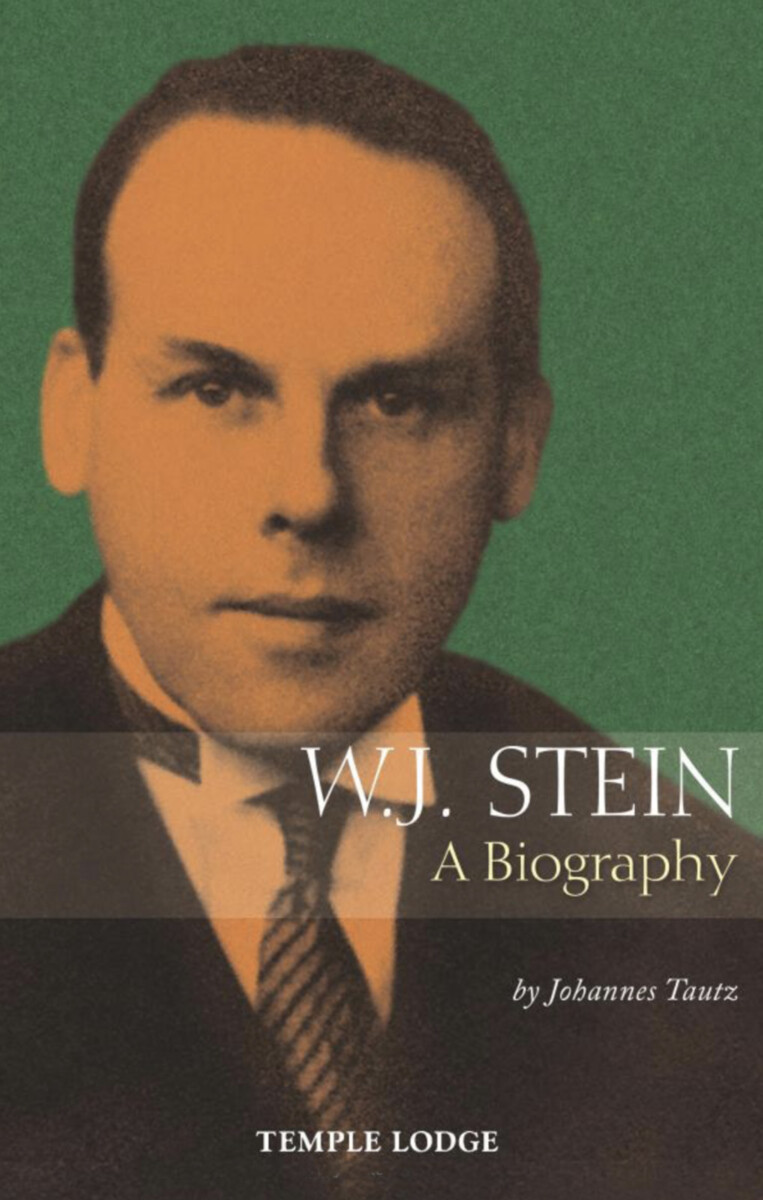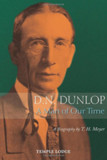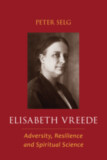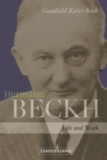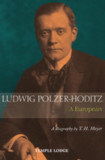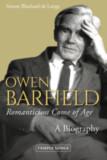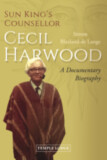W. J. Stein
A Biography
- Publisher
Temple Lodge Publishing - Published
8th May 2015 - ISBN 9781906999766
- Language English
- Pages 298 pp.
- Size 6" x 9"
Based on personal knowledge and intimate interviews with his subject, as well as access to W.J. Stein’s archive of letters and documents, Tautz’s biography is a thoroughly-researched and lovingly-detailed study of an exceptional life.
Walter Johannes Stein (Feb. 6, 1891, Vienna – July 7, 1957, London) was an original pioneer of Anthroposophy. A student of the Austrian philosopher Rudolf Steiner, Stein met his spiritual teacher while studying at Vienna University. After serving in World War I, Stein was invited by Rudolf Steiner to teach history and literature at the fledgling first Waldorf school, located in Stuttgart—despite the fact that Stein’s doctorate was in philosophy and his training in mathematics and physics. Through his efforts to master the new disciplines required, and with the aid of unconventional methods of research, Stein developed groundbreaking new insights into the legend of Parzival and the mystery of the Holy Grail, which led to his seminal work, The Ninth Century and the Holy Grail.
Johannes Tautz describes Walter Stein’s close friendship with Eugen Kolisko, his struggles to help establish the threefold social order, his work as a lecturer at the Goetheanum in Dornach Switzerland, and his eventual estrangement from the Anthroposophical Society following Rudolf Steiner’s death.
After journeys of discovery across Europe, Stein made his home in London in 1933, having become a refugee from the Nazi aggression in Central Europe. In England, he met his mentor D.N. Dunlop, who employed Stein to help establish the first “World Power Conference.” Based in England for the final twenty-four years of his life, Stein became a prolific and popular lecturer and editor of the important anthroposophic journal, The Present Age.
This important work is a welcome addition to the growing number of biographies on early pioneers of Anthroposophy.
C O N T E N T S:
I. Setting Forth into Life
1. Prologue
2. “Grown up in Anthroposophy as by Matter of Course”
3. Childhood in Vienna
4. At the Schottengymnasium
5. Friendship with Eugen Kolisko
6. Destiny Calls
7. Study of the Theory of Cognition throughout World War I
II. Turning Point of Consciousness
1. A Historical Year of Decision
2. Fighters for the Threefold Social Order
3. “A Festive Deed in Earthly Life”
4. The Waldorf Teacher
5. The Midpoint of Life
6. The Grail-book
7. The Goetheanum Lecturer
III. Deeds and Projects
1. Tasks within the Anthroposophical Society
2. After Rudolf Steiner’s Death
3. A Youth Conference
4. Journeys of Discovery
5. The Collaboration with D. N. Dunlop
6. King Leopold’s Plan
7. Rudolf Steiner as Comforter
Appendix
1. Autobiographical Sketches by Walter Johannes Stein
2. Supplementary Indications Referring to Particular Chapters
Johannes Tautz
Johannes Tautz (1914–2008), born in Dortmund, Germany, was a historian, religious scholar, anthroposophist, author, and Waldorf teacher. He concerned himself with a better understanding of National Socialism and with matters of education in the twentieth century. Tautz took up Eastern studies, religion, and the history of philosophy when "the National Socialist demon had not taken these over yet." He studied ancient spiritual texts in their originalHebrew, ancient Greek, and Sanskrit. At the start of World War II, Tautz was called for military duty but was dismissed on account his incompleted studies. His was occupied with the later philosophy of Schelling and submitted his dissertation, "Schelling's Philosophical Anthropology," in which he used two citations of Rudolf Steiner that led to the official prohibition of Anthroposophic work in Germany at the time. Together with a young friend, Thomas Meyer, he visited the daughter of Walter Johannes Stein, Clarissa Muller, in Ireland, where she was assessing her father's literary estate. They found a copy of Stein's dissertation annotated by Rudolf Steiner, letters and meditations from Steiner for Stein, his mother and for his brother, who fell in a mysterious way in World War I. Letters and notes of Ludwig Polzer-Hoditz, Eliza von Moltke, Ita Wegman, D.N Dunlop and many other personalities were discovered and formed the basis of Tautz's biography of Stein in 1989.


